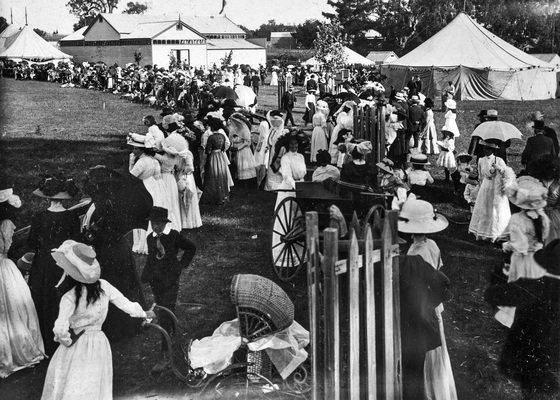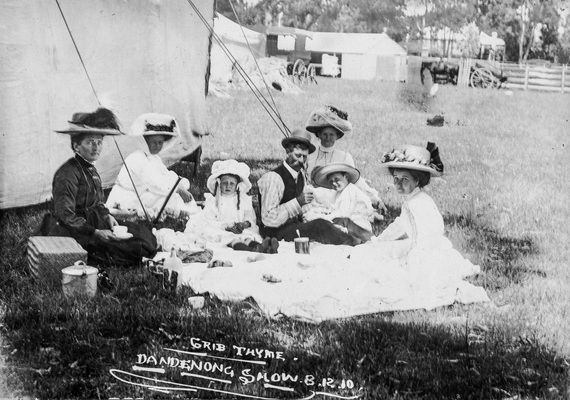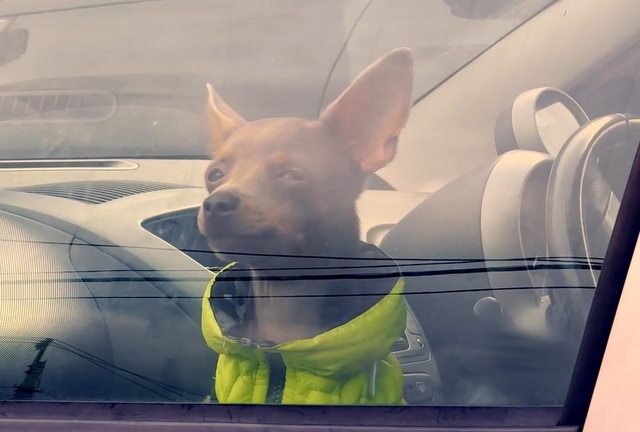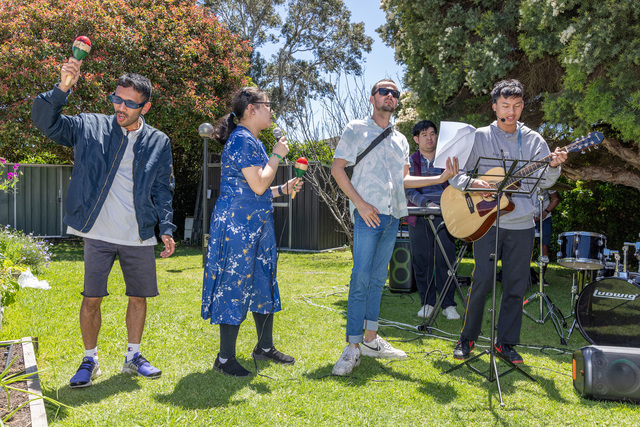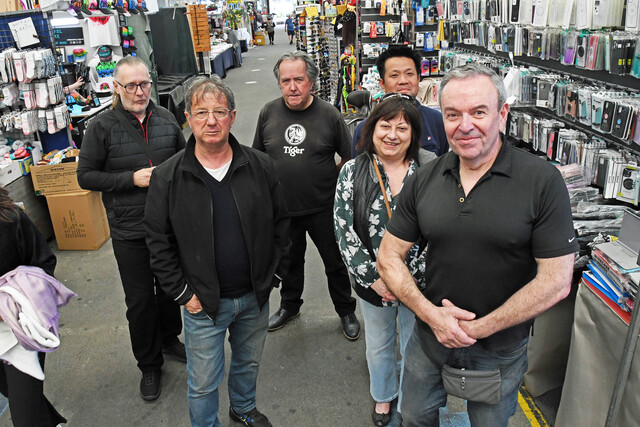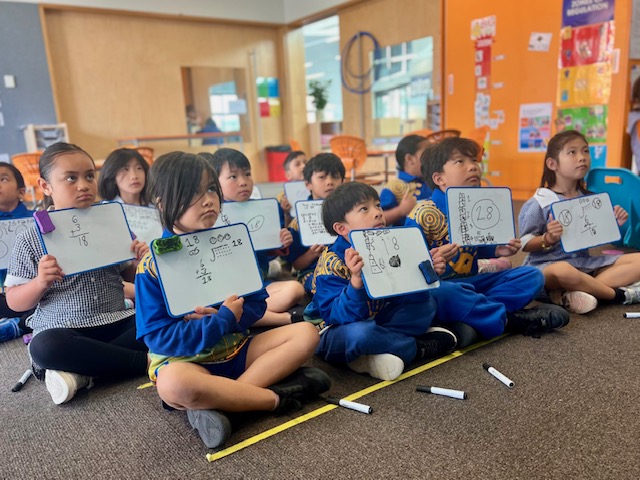
THE Dandenong Show and the Dandenong Journal have been inextricably linked for 144 years.
The Journal, which was founded in 1865, has reported on every show since the inaugural carnival in 1872.
It is hard to imagine the community pride and sense of anticipation that would have surrounded that first show held at the Dandenong Market site on 7 March, 1872. In those days the market site was located in the area bounded by Foster, Thomas, Mason and Walker streets.
Families from around the district dressed up in their Sunday best, hooked up their horse and jinker and set off for a day out at the show.
The top prize on offer was three pounds for the farmer who turned out the best draught horse.
There were 301 entires that first year, including two casks of colonial beer, 42 horses, 40 cattle, 6 sheep, 27 pigs, 16 cheeses, 14 butter, 52 fruit, 8 flowers, 7 honey, 1 egg, 18 poultry, 49 farm produce. Total prize money up for grabs was 24 pounds.
However, the year was also tinged with sadness when the society lost its foundation president William Keys, who drowned while trying to rescue cattle in floods at Bangholme.
By 1874, the prize money had leapt to 145 pounds, and in 1876 the show had a vice-regal visitor when Victorian Governor Sir G. Bowan attended the carnival.
By 1888 the show had become so popular that a new exhibition hall was built.
The South Bourke and Mornington Journal, as the Journal was then known, reported that the new building was “substantial, commodious and handsome, situated on an elevated site, commanding an excellent view of the surrounding country and midway between the centre of the township and the railway station. A long-felt want is now supplied by the beautiful building just completed, which undoubtedly has few equals in the colony.”
Dandenong Agricultural and Pastoral Society secretary Lynne Ferris said the group was a not-for-profit organisation run by a committee of volunteers, goodwill and dedication.
“Generations of families from the area have enjoyed the show,” she said.
“We have supported and been supported by the businesses, community groups, services clubs, schools, hospital, Scouts, Victorian Showmen’s Guild, breed societies and volunteers from all avenues.”
During the boom years of the 1960s to 1970s, the show was the biggest in Victoria – outside the Melbourne Royal – and attracted important dignitaries, TV personalities, overseas judges and the best livestock in competition.
“The Journal’s Marg Stork and a photographer could always be seen roaming the showgrounds, interviewing showgirls, woodchoppers, livestock owners, show jumpers, flower arrangers and show patrons,” Ms Ferris said.
“Faithfully reporting and recording for posterity the fun, excitement, thrills and spills of the show in Monday’s edition of the Journal.
“We couldn’t wait for the paper to arrive to see the names of the winners in print or, better still, which photographs had been chosen to highlight the features of that year’s show.”
The tradition will continue this year with the Journal supporting the show with a special stand and coverage of all the action online and in the next printed edition of the paper.


